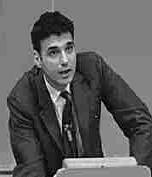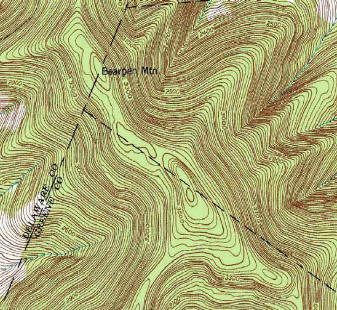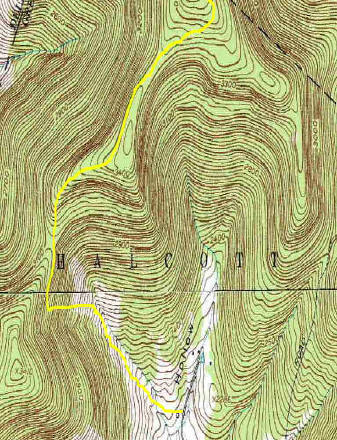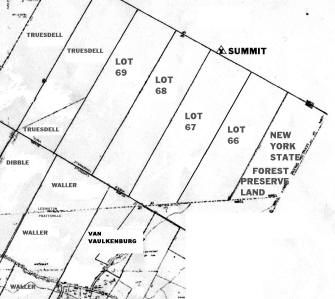|
A
few days later,
Bill Greene
received notice of winning a scholarship
to spend the rest
of the summer at The Hague in Holland. Ben escorted Bill to the dock in
Hoboken, New Jersey, where he boarded with a low-cost student ticket on
Holland-America Lines.
Facing the fact, for the time being, he could not develop the ski area
from the valley, Ben toyed with ideas regarding entrance to the trails. , On the summit ridge,
he designed a two and a half mile link. This would meet with a pre-existing
road running over the mountain from the Little Westkill Road to Vega. Out of
Johnson's Hollow, he also designed a southwestern approach which became the
first clearing to the summit.
In the month left before
school began, Ben and
Bob Johnson
completed a pass the width of a small vehicle.
|



